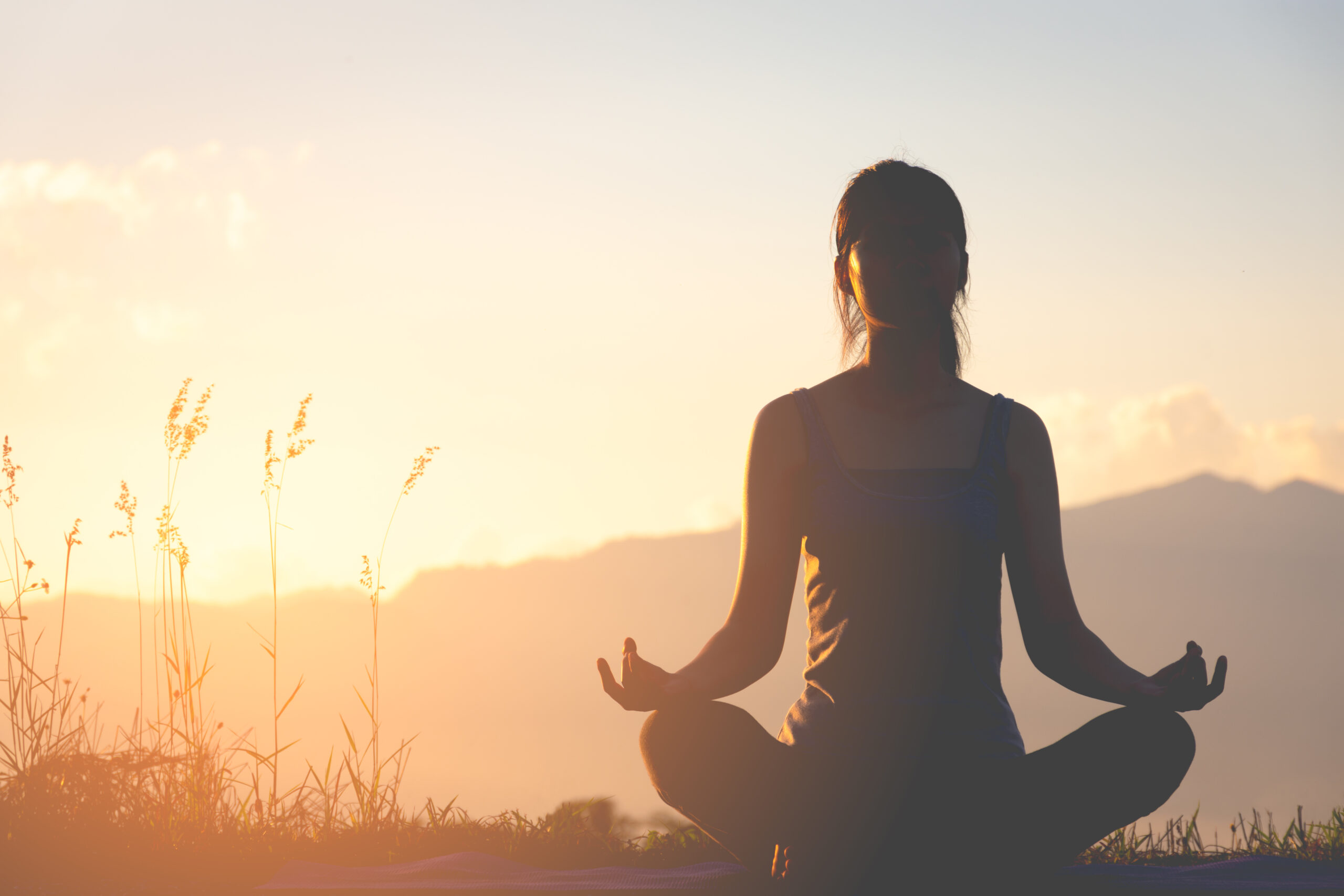The Surprising Origins of Meditation

Today, meditation is often synonymous with sleek mindfulness apps, peaceful yoga retreats, and stress relief strategies for busy professionals. But its story didn’t start with a wellness trend or a biohacking movement. In fact, the journey of meditation stretches back thousands of years, entwining with ancient religions, mystical practices, and surprising cross-cultural exchanges.
It’s hard to imagine that something so seemingly modern has such ancient roots, but that’s the fascinating twist in the tale of meditation. Its original purpose wasn’t stress relief or productivity—it was something far more profound. Let’s take a journey into the little-known past of this powerful practice.
The Backstory
The earliest records of meditation come from India, around 1500 BCE, within the sacred Hindu texts known as the Vedas. Back then, meditation was part of a spiritual framework—used by sages, or rishis, to connect with universal truths. Meanwhile, Buddhist traditions picked it up around the 6th to 5th centuries BCE, when Siddhartha Gautama (a.k.a. the Buddha) taught meditative practices as a path to enlightenment.
Interestingly, meditation was not unique to South Asia. Similar practices cropped up independently in China with Taoism, and even among early Christian mystics and desert monks. This parallel development across cultures adds an air of mystery to the story—as if human beings across time and geography tapped into the same inward-seeking instinct.
How It Was Discovered
It’s unlikely anyone ‘invented’ meditation in a flash of inspiration. More realistically, it evolved from early rituals and religious contemplation. The discovery of breath control, silence, and focused attention probably came through trial and error, refined over generations. Archaeological evidence—like wall carvings showing seated figures in meditative poses—suggests that by 3000 BCE, ancient civilizations already recognized the benefits of intentional stillness.
As oral traditions were passed down, structured methods began to emerge. Think rhythmic chanting, specific postures, and visualization techniques. These formed the basis of what would later be codified in religious texts and monastic disciplines.
What Most People Don’t Know
One surprising fact? Meditation wasn’t always about peace and serenity. In ancient times, it was considered a tool for power—a way to sharpen the mind, gain divine insight, or prepare for battle. Samurai warriors practiced forms of Zen meditation before going into combat, and yogis believed deep meditation could unlock supernatural abilities called ‘siddhis.’
Also, the word ‘meditation’ comes from the Latin ‘meditatio,’ which originally meant to reflect or to think deeply. This contrasts sharply with the modern notion of clearing one’s mind. In truth, early meditation was as much about deep focus as it was about inner peace.
Bonus Fact
In the 1960s, meditation exploded in the West thanks to The Beatles. Their famous visit to India to study Transcendental Meditation under Maharishi Mahesh Yogi sparked global curiosity. Suddenly, meditation wasn’t just for monks—it was for musicians, artists, and everyday people looking for something deeper.
That single pop culture moment helped usher in the modern mindfulness movement, blending ancient wisdom with pop icon influence.
Takeaway
Meditation’s story is anything but ordinary. From its sacred beginnings in ancient temples to its high-tech reincarnations today, it has evolved while staying true to one core idea: that turning inward can change your life. Knowing its surprising origins adds a rich layer of meaning to every mindful breath and silent moment.
So next time you sit in stillness, remember—you’re taking part in a practice that has journeyed through time, across continents, and into the modern age, carrying the whispers of ancient seekers with it.






